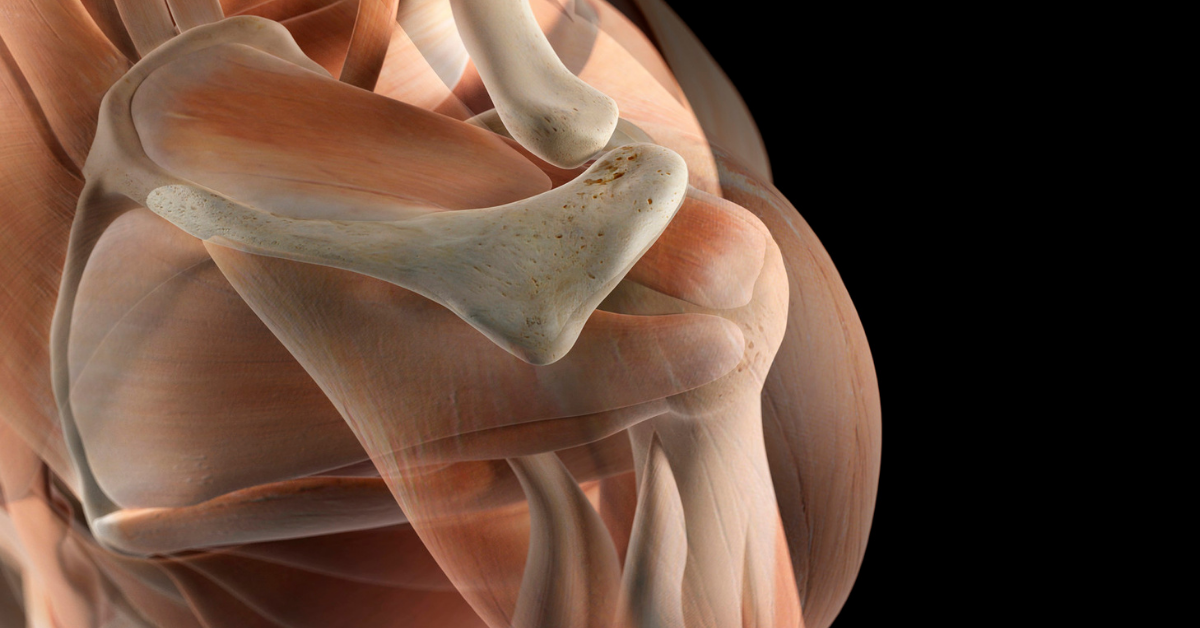What does Musculoskeletal Ultrasound consist of?
This type of Ultrasound imagery uses sound waves to produce pictures of various joints within the body. It is used to help diagnose different types of musculoskeletal conditions; the ultimate benefit of Ultrasounds is that it is a safe, non-invasive method of diagnosis.
What are some common uses of the procedure?
Musculoskeletal Ultrasound images are usually used to help diagnose:
- Tendon tears or tendinitis of the rotator cuff in the shoulder and many other tendons throughout the body
- Muscle tears, masses or fluid collections
- Ligament sprains or tears
- Inflammation or fluid within the bursae and joints
- Early changes of rheumatoid arthritis
- Nerve entrapments
- Benign and malignant soft tissue tumours
- Ganglion cysts
- Hernias
- Foreign bodies in the soft tissues
- Dislocations of the hip in infants
- Fluid in a painful hip joint in children
- Neck muscle abnormalities in infants with torticollis
- Soft tissue masses in children.
What are the different concepts linked to the process?
Echotexture – the coarseness or lack of consistency of an object.
When the Echogenicity of the tissue reflects ultrasound waves toward the transducer and produces an echo – the greater of this, the clearer they appear on the ultrasound.
Hyperechoic structures – brighter on conventional US imaging relative to surrounding structures due to higher reflectivity of the US beam.
Isoechoic structures are bright due to the surrounding structures on conventional US imaging because of the similar reflectivity to the US beam.
Hypoechoic structures tend to generally be darker – relative to the surrounding structures – on conventional US imaging due to a reduced amount of the US beam being reflected.
Anechoic structures that lack internal reflectors struggle to reflect the US beam to the transducer, therefore, are seen as homogeneously black from an imaging standpoint.
The longitudinal structure is shown along the long axis.
A Transverse structure is displayed perpendicular to the long axis
Shadowing is the relative absence of echoes deep in an echogenic format; this is due to the attenuation of the ultrasound beam.
Posterior acoustical enhancement is the brighter presence of tissues deep in an area where few strong reflectors attenuate the sound beam. This leads to the sound beam that passes through the fluid being stronger than when it is at the same depth in soft tissue.
Anisotropy is the effect of the beam not being reflected in the transducer when the probe is not perpendicular to the structure being evaluated.
Want to read more blog posts such as this one? Read more of our articles here.
